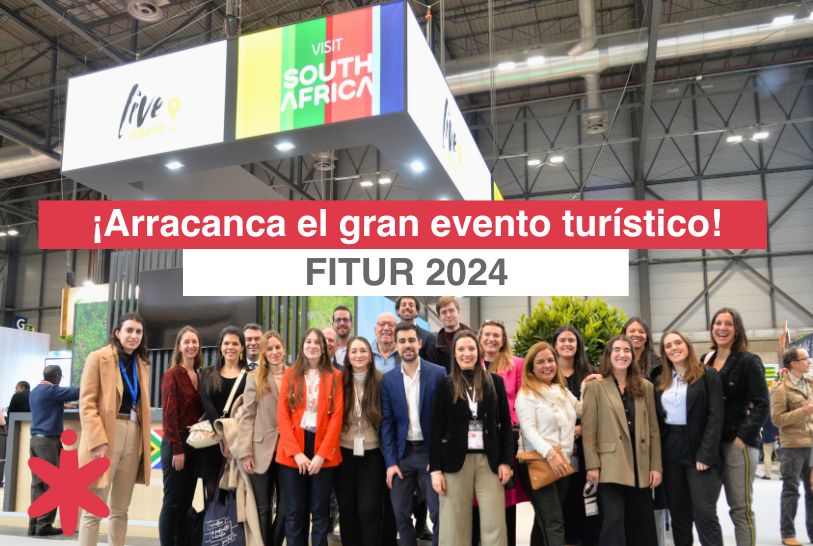Archaeological tourism, another form of cultural tourism
Archaeological tourism, another form of cultural tourism

Sustainable travel, the new reality of tourism
23/03/2022
The challenge of branding tourism destinations
12/04/2022Archaeological tourism, another form of cultural tourism
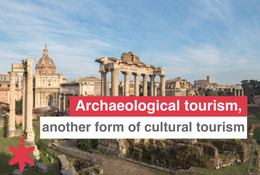
Tourism is a sector that is responsive to the demand of travelers and adapts to meet their needs, as seen in recent times of the pandemic. An increase in travelers’ interest in archaeology has led to the creation of a new type of tourism: archaeological tourism or archaeotourism.
Archaeotourism is nothing more than tourism in which the purpose of the trip is to visit the cultural heritage belonging to ancient cultures and that thanks to archaeology can now be enjoyed. For example, visiting the Colosseum in Rome, the Pyramids in Egypt or Machu Picchu in Peru are all considered archeotourism.
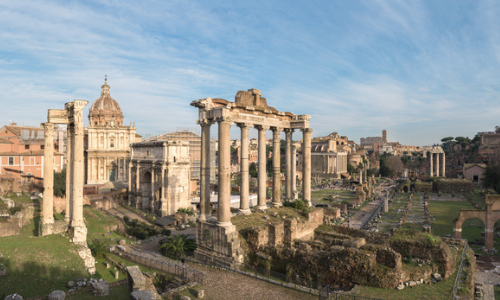
Roma
The history of this type of tourism is written at the same time as that of tourism, since the beginning of both is when the Grand Tour was developed between the seventeenth and eighteenth centuries. At that time, young people of high class, especially the English, made a cultural trip to learn about the culture of other countries, but especially to appreciate the culture of classical antiquity. They would embark on a journey from England to Italy to see the remains of Ancient Rome. In addition, this trip was considered a rite of passage with which the newly trained students completed their education and learnt about the world.
From this movement arose in the eighteenth century tourism, when travel became accessible to all audiences, but also archeology began its journey, because in the eighteenth century is when the concern for the remains of other civilizations started and began to be studied, protected, preserved and conditioned. In fact, this concern arose from the interest in these remains and how visitors treated them, leading to looting and plundering.
But it was not until the late twentieth century when there was a collaboration between tourism and archaeology, because until then one field thought that the other hindered it: tourism thought that archaeology with its eagerness to protect the remains hindered its dissemination and business while archaeology thought that tourism did not allow it to develop its scientific work.
This collaboration between the two sectors gave rise to archaeological tourism, as archaeology put itself at the service of tourism and worked with it to develop tourism resources of an archaeological nature. In turn, the tourism sector allows archaeology to continue its research work and helps with the dissemination and popularization of scientific knowledge.
At this point is where it is agreed that not every archaeological resource can be a tourist resource of archaeological nature, because to be a tourist resource the archaeological site has had to be subjected to an intervention that guarantees its conservation and conditioning so that the visitor can understand what he is seeing and enjoy it safely. In addition, it must be managed by a competent body that knows how to manage it from the point of view of archaeology and tourism. Likewise, the archaeological site must be completed by the basic services that a visitor requires when making a tourist trip (information offices, accommodations, restaurants, other recreational or educational activities, etc.) to offer the traveler a complete experience at the destination.
Since the 1970s, the demand for this type of tourism has been increasing, especially because many archaeological tourism sites have been included in the World Heritage List. For example, in the case of Pompeii in Italy, visitors amounted to 860,000 in 1981 and in the year 2019, it almost reached 4 million visitors (3,805,094). Even in the pandemic years, with confinement and restrictions, the number of visitors was high: 564,941 in 2020 and 999,719 in 2021.

Pompeii
Not only Pompeii, which already had visitors since the Grand Tour, has seen an increase in the number of visitors, but it has also been detected, for example, at Angkor in Cambodia. In 1992, this archaeological site was declared as World Heritage and as a result, the country’s tourism development and economy also experienced astonishing growth. Cambodia went from receiving just over 100,000 international tourists in 1993 to receiving almost more than 2.5 million in 2016.
Nowadays, the increased interest in archaeology and visiting archaeological site, has not only contributed to a greater concern for the conservation of already known sites, but has also contributed to the conditioning of new archaeological spaces to visit, such as the recently inaugurated Museum of the Roman Forum of the Molinete in Cartagena (Spain) which opened its doors last year 2021 and shows among other remains the Roman Curia of the forum and the temple of Isis of the Roman Carthage nova.
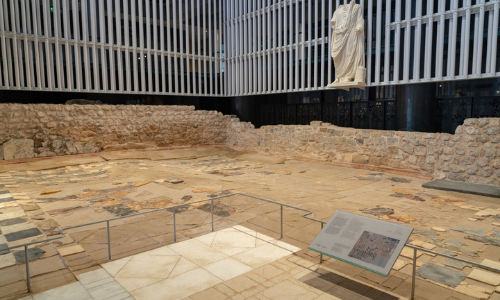
Museum of the Roman Forum of Molinete
In addition, the advancement of technology has also contributed to enrich archaeological projects and has helped to evolve them and show visitors not only the preserved remains of past humanity, but also other sensory aspects such as the smells or even the flavors of this past.
An example of the latter can be found in Spain with the Arqueogastronomia and Cádiz Atlántica projects. In Arqueogastronomia, experimental archaeology is applied to investigate, describe and develop the technological processes involved in the production, transformation and preservation of food. Through this study, these foods and their preparation and preservation techniques are scientifically reconstructed. Cádiz Atlántica takes the scientific background of Arqueogastronomy and generates experiences that focus on the culture of fishing in Cádiz. Both projects offer visits to archaeological resources (Italica in Seville and Baelo Claudia in Cadiz, respectively) that end with the tasting of dishes and drinks that were found on the tables of Ancient Rome, greatly enriching the traveler’s experience.
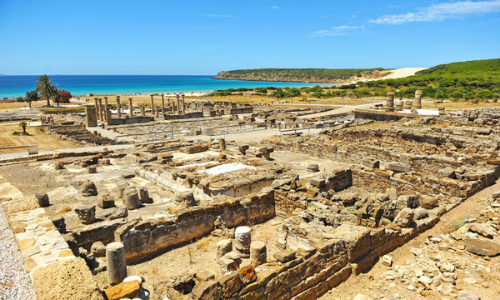
Baelo Claudia
In conclusion, archaeotourism offers the traveler a discovery or reencounter with the past of humanity and to enrich historically and culturally while enjoying their trip and getting to know new destinations.
Irene Verde
PR Team


 All the news
All the news  Back to newsroom
Back to newsroom